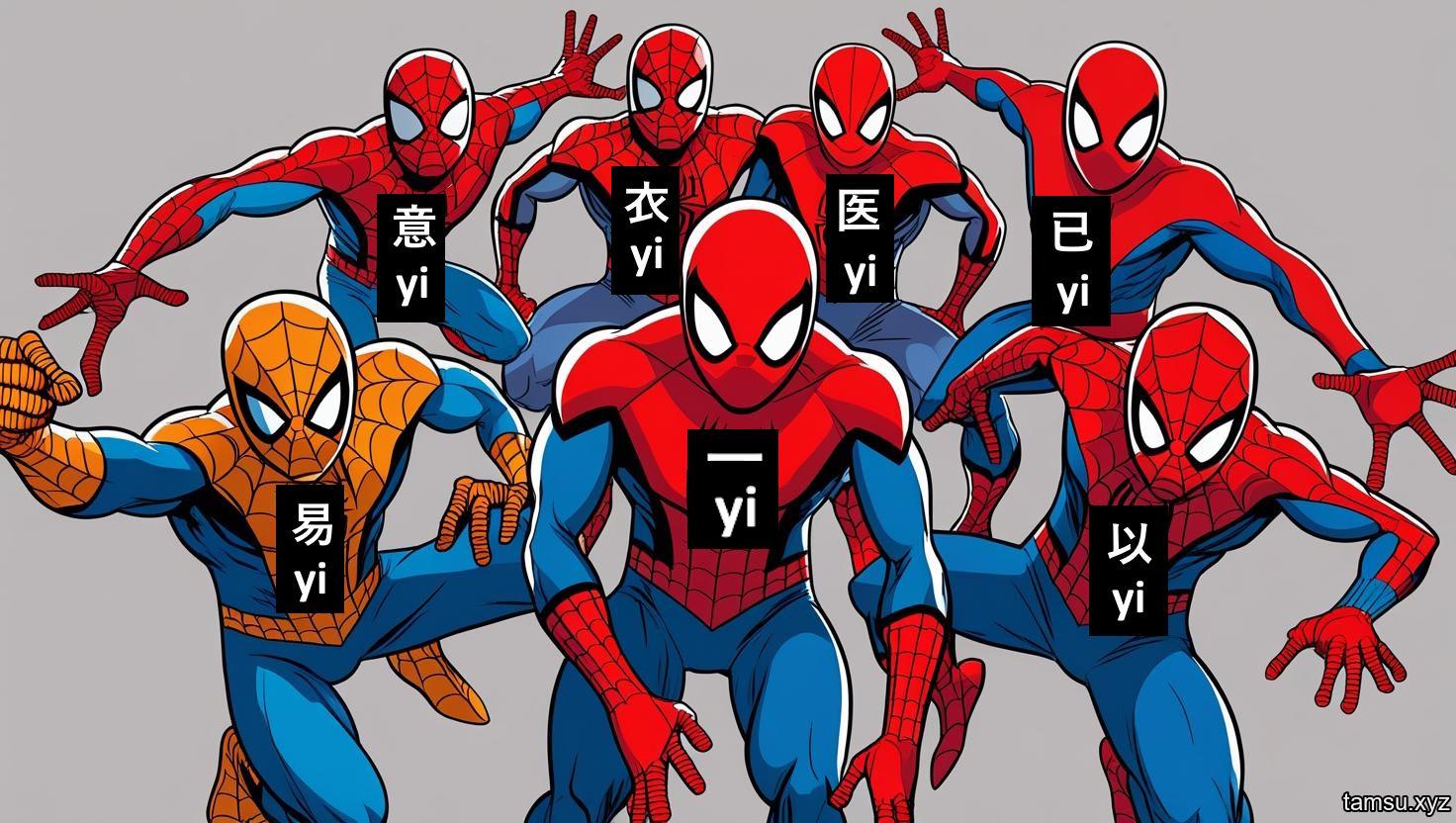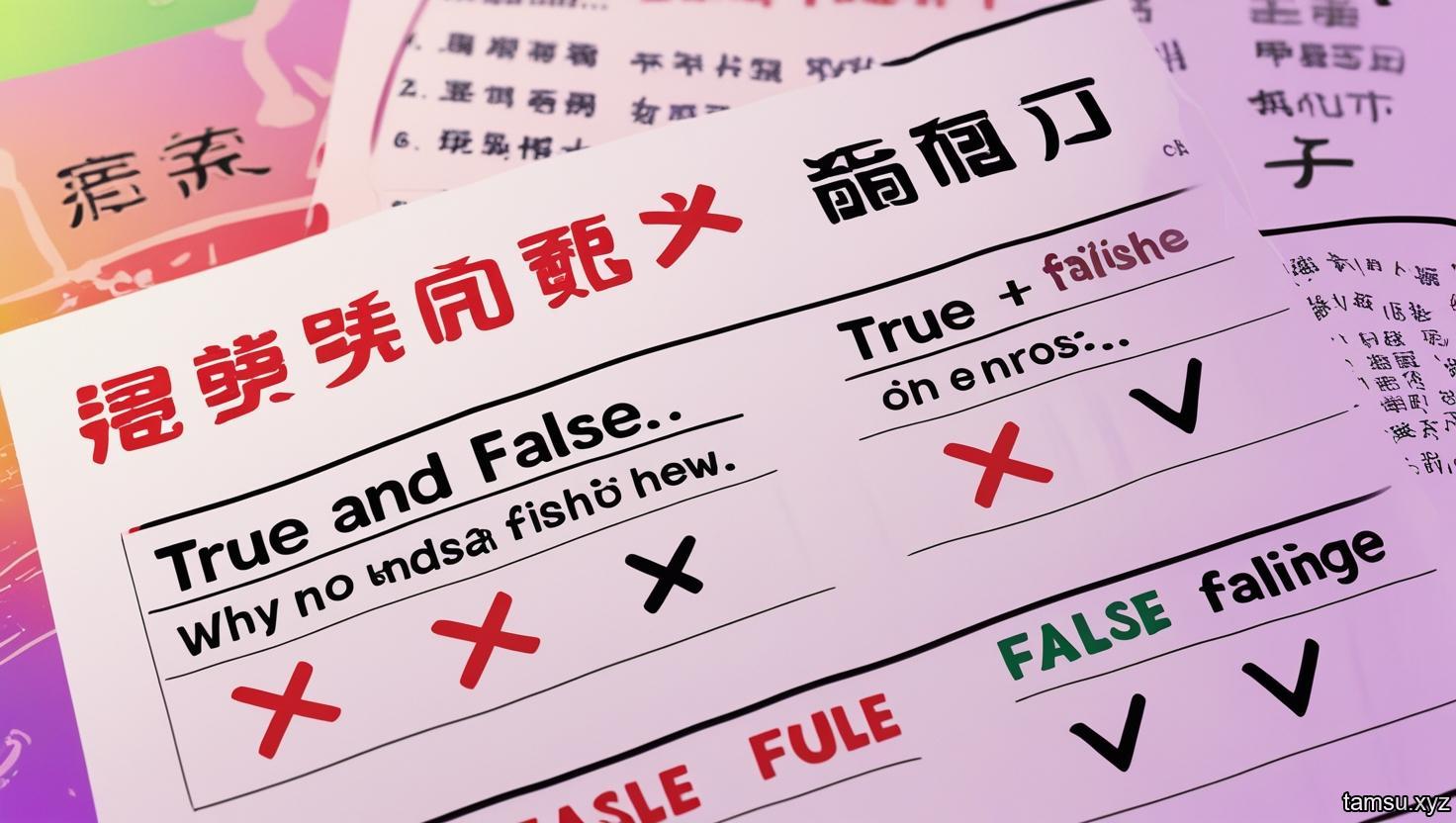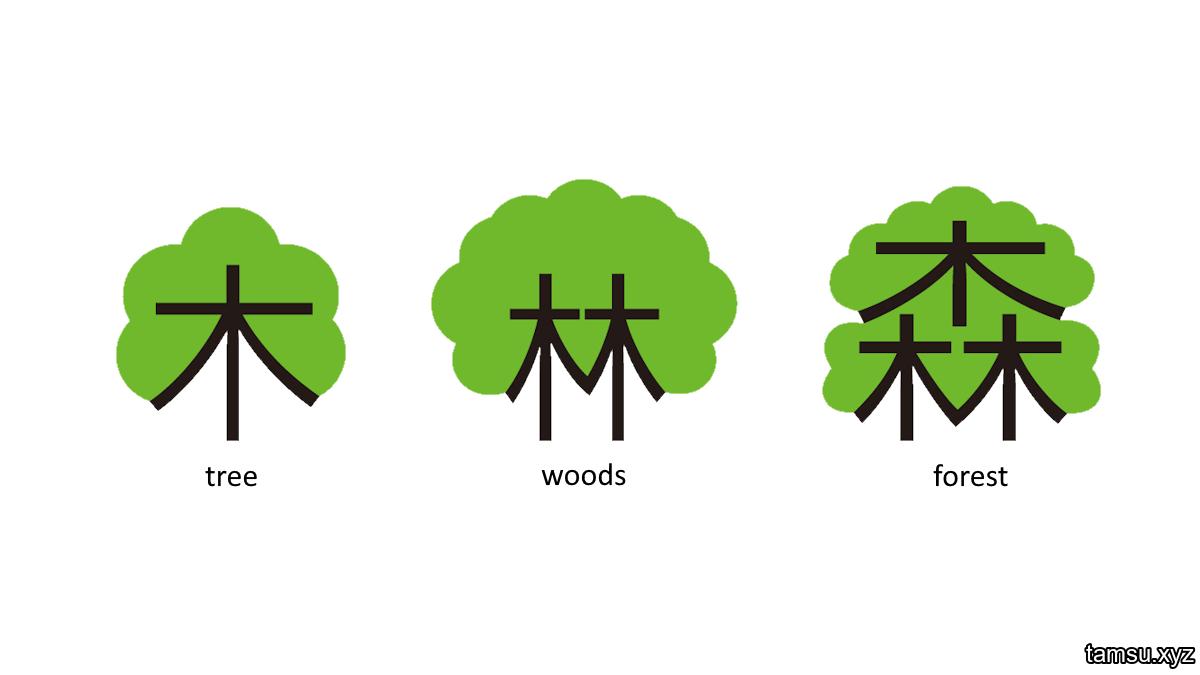📘 Is Chinese grammar really difficult?
Compared to English or Vietnamese, Chinese grammar is generally simpler: no tenses, no person, no masculine - feminine. But that simplicity makes it easy for many people to misunderstand if they do not learn in the correct context.
Here are 5 tips to help you learn Chinese grammar more effectively every day.
🧱 1. Understand basic sentence structure
Chinese sentences usually follow the order:
Subject + Adverb (time/place) + Verb + Object
Example: 我昨天在学校看书。– Yesterday I read a book at school.
✅ Tip: Learn by phrases and sentence order – don't translate each word into Vietnamese.
🧠 2. Remember: Chinese doesn't have tenses
Unlike English, verbs in Chinese don't change according to tense or person.
- 我吃 – I eat
- 你吃 – You eat
- 他吃 – He eat
➡️ The difference in time will be expressed by time adverbs or particles such as “了”, “过”.
✅ Tip: Learn how to add time adverbs and particles – instead of trying to “divide” like in English.
🈶 3. Memorize common grammar particles
Particles that help express time nuances or action states:
- 了 – already (describing a completed action)
我吃了饭。 – I have eaten rice. - 着 – currently (prolonged state) long)
他穿着红衣服。 – He is wearing a red shirt. - 过 – experienced
我去过北京。 – I have been to Beijing.
✅ Tip: Create example flashcards for each particle and practice speaking.
🧩 4. Learn sample structures instead of rules
Instead of learning each small rule, learn grammar through commonly used sentence patterns:
- 不但...而且... – Not only... but also...
- 虽然...但是... – However... but...
- 如果...就... – If... then...
✅ Tip: Use AI to create 3 examples for each structure – learning in context will help you remember longer.
🤖 5. Combine AI to practice grammar
You can use AI to:
- Correct a wrong sentence: “Correct this Chinese sentence and explain why.”
- Create a new example: “Give me 3 examples of 虽然...但是...”
- Check the grammar you just learn.
✅ Tip: Learning grammar with practice is the most effective way to remember and apply.
📌 Conclusion
Chinese grammar is not too difficult - as long as you learn it the right way. Focus on basic sentence structure, understand how to use particles, learn sentence patterns, and combine AI to practice every day, you will find that speaking and writing grammatically correct is no longer an obstacle.
Let's start by writing 3 sentences containing "了" or "过" today!






